The new tool has been published to assist entrepreneurs and organizations to look at business and activities, to design strategies, products and organizations “as a platform.”
As a synthesis of different definitions, developers say that platforms are scalable collaboration agreements powered by technologies: it’s not easy to differentiate between a technology, a strategy or an organization itself; at the end, everything shapes into seeing platform thinking a way to organize value creation in a particular ecosystem.
Platform thinking is a whole new way to look at organizations or processes or even a way to think how a place or a community should work — as applying platform thinking to cities or towns policies and services.
Platforms are winning because two critical technological shifts are happening: first, there is a growing potential in every individual or small enterprise, second – now it much more easy to connect and coordinate. These changes transformed the optimal shape of a company, product or strategy from the industrial “pipeline” (and bureaucracy) to the network.
It’s made of:
- the Ecosystem Canvas for mapping all entities and roles in the ecosystem you are trying to mobilize;
- the Entity Portrait for analyzing the entities individual context (potential, performance pressures, goals and gains sought);
- the Motivations Matrix and Transactions Board to first let emerge and then consolidate the transactions engine (interactive marketplace);
- the Learning Engine canvas (formerly Experience Learning canvas) to design the learning engine (the core of the platform proposition);
- the Platform Experience canvas to design ecosystem journeys and business models featured in your strategy;
- the Minimum Viable Platform canvas to help you design, and prototype your validation strategy.
The Platform Design Toolkit is based on the tradition of Business Modeling, Service Design Thinking and Lean Thinking (including concepts from Customer Development, the Lean Startup, the work of Lean Startup Machine on validation, etc…) and provides a unified view, optimized for Platforms and Ecosystems, of all these relevant tools and approaches.
(English)
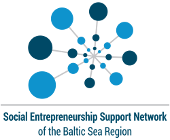
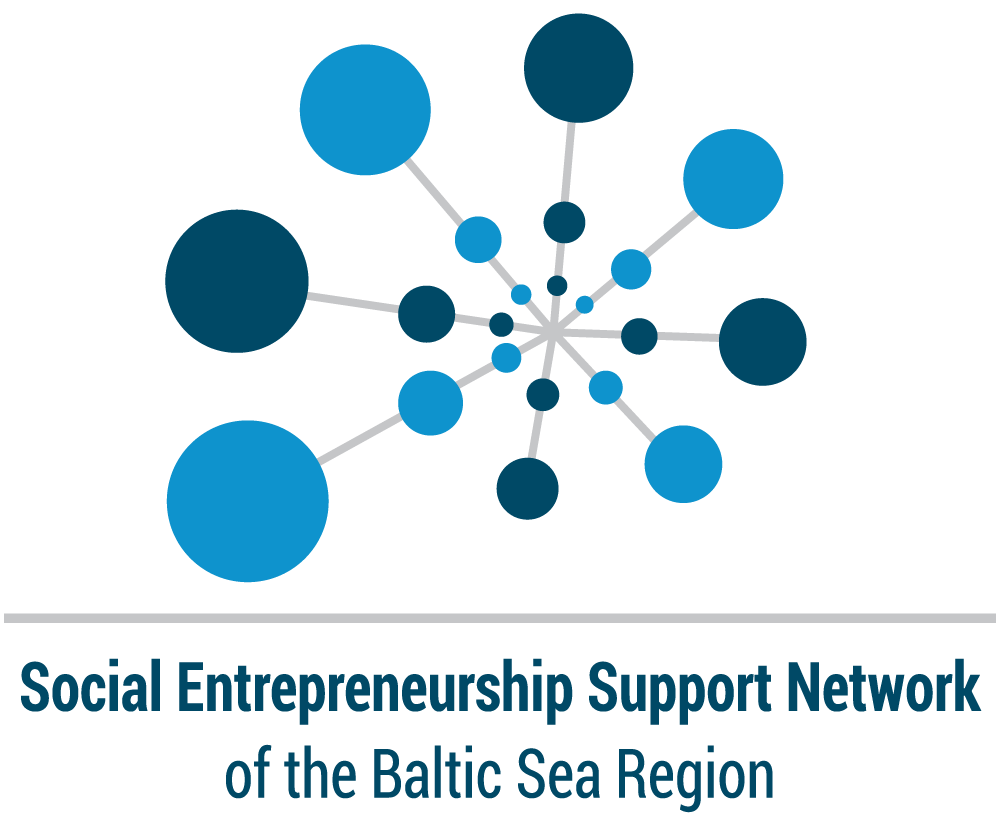

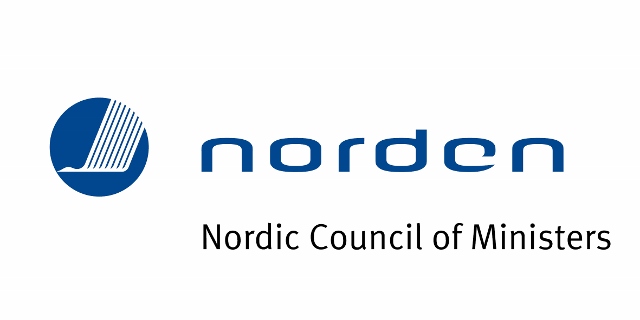



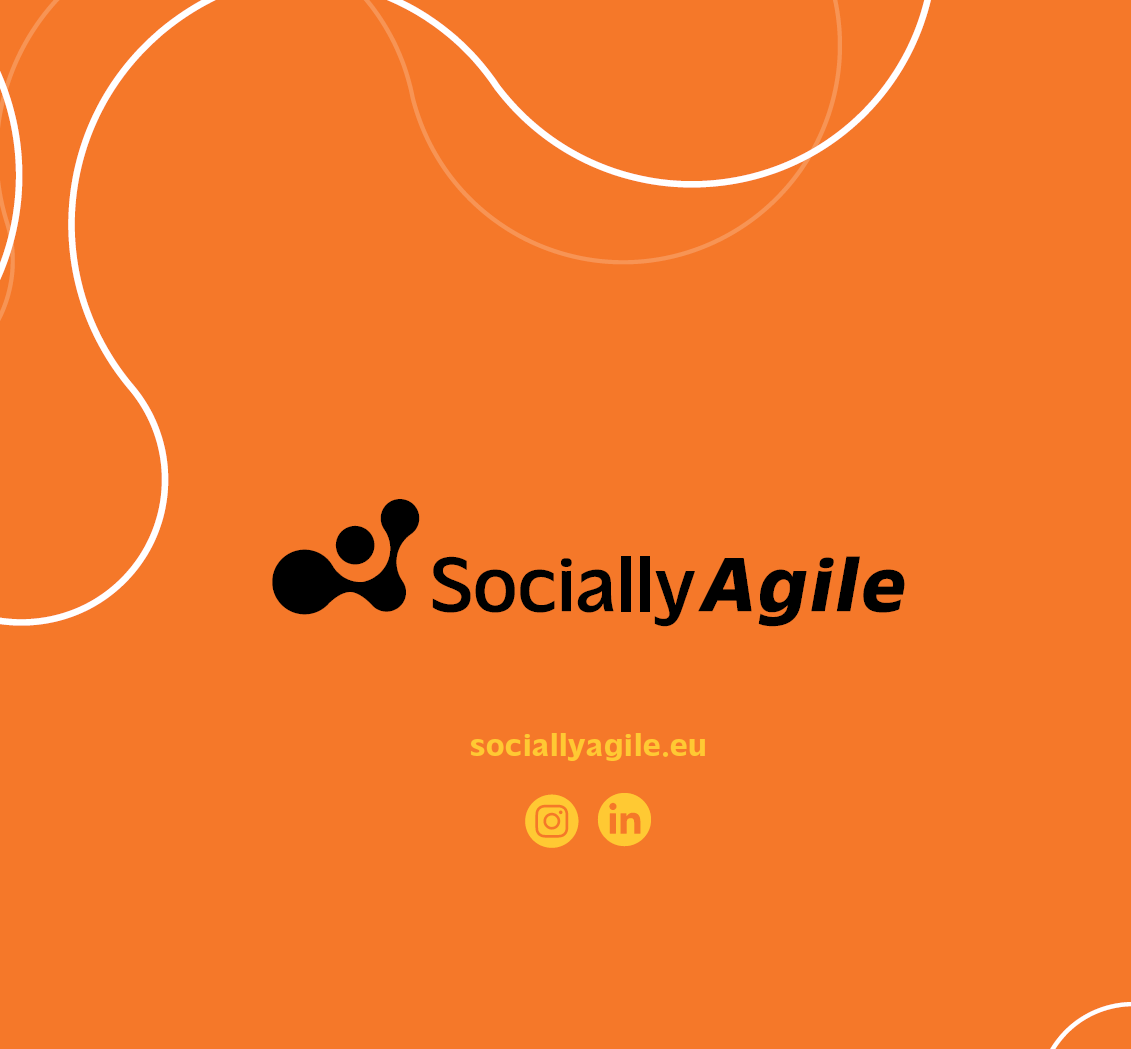
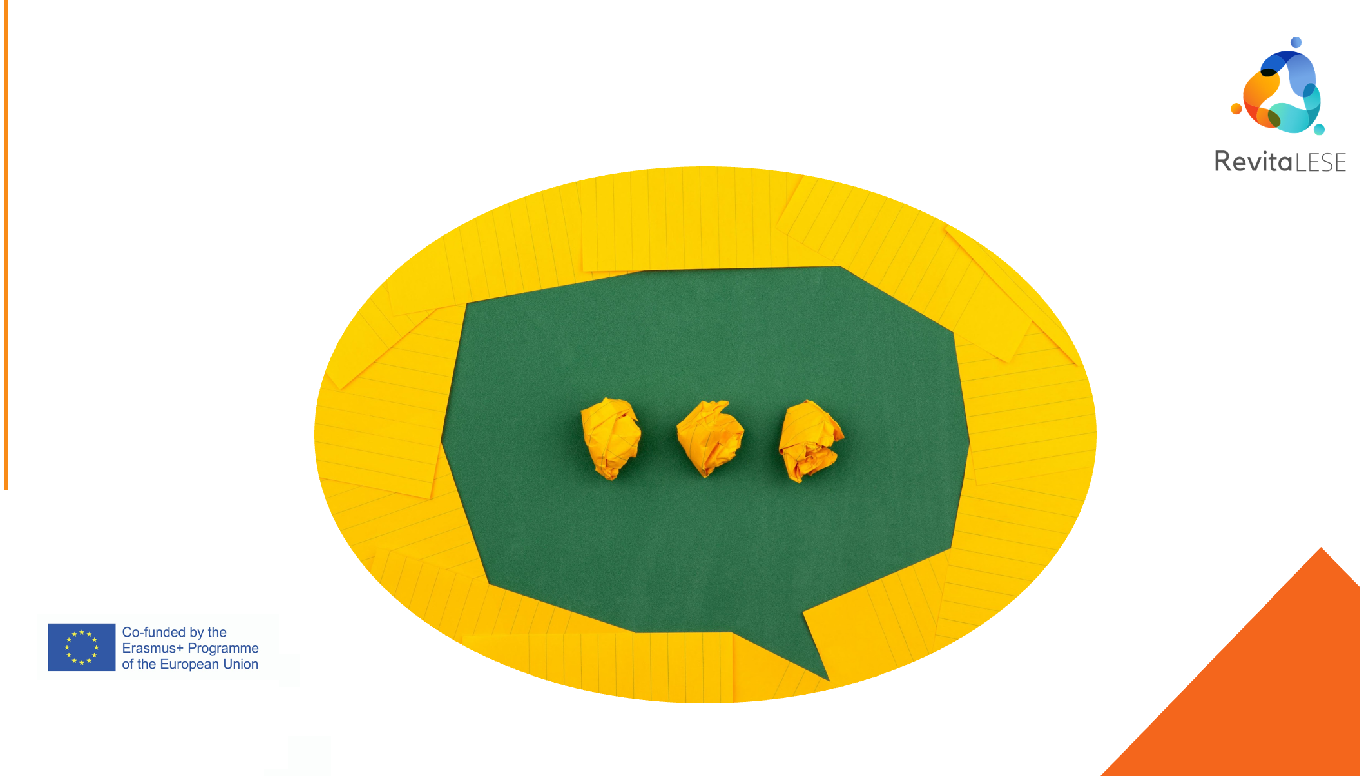


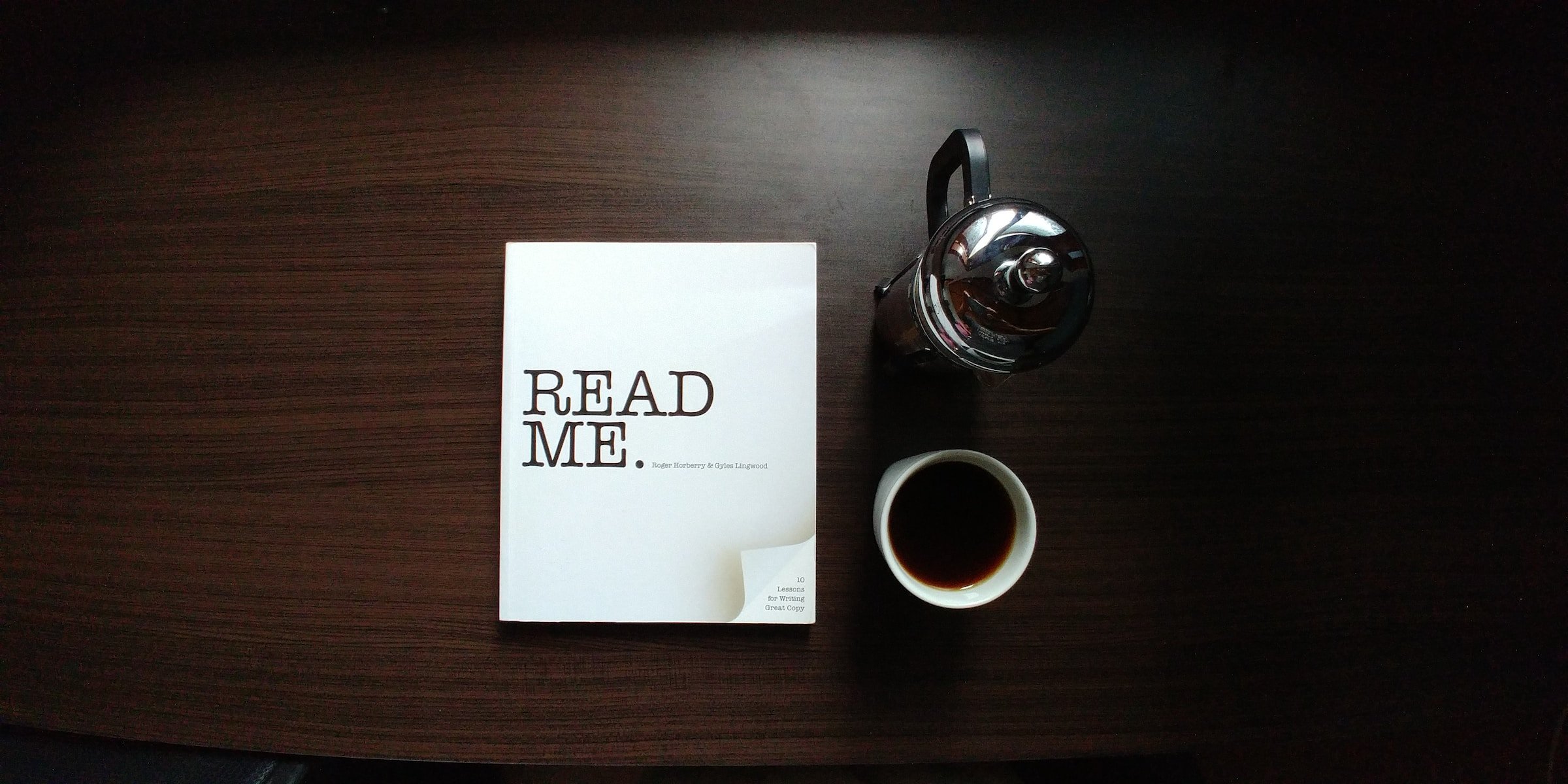



Leave A Comment